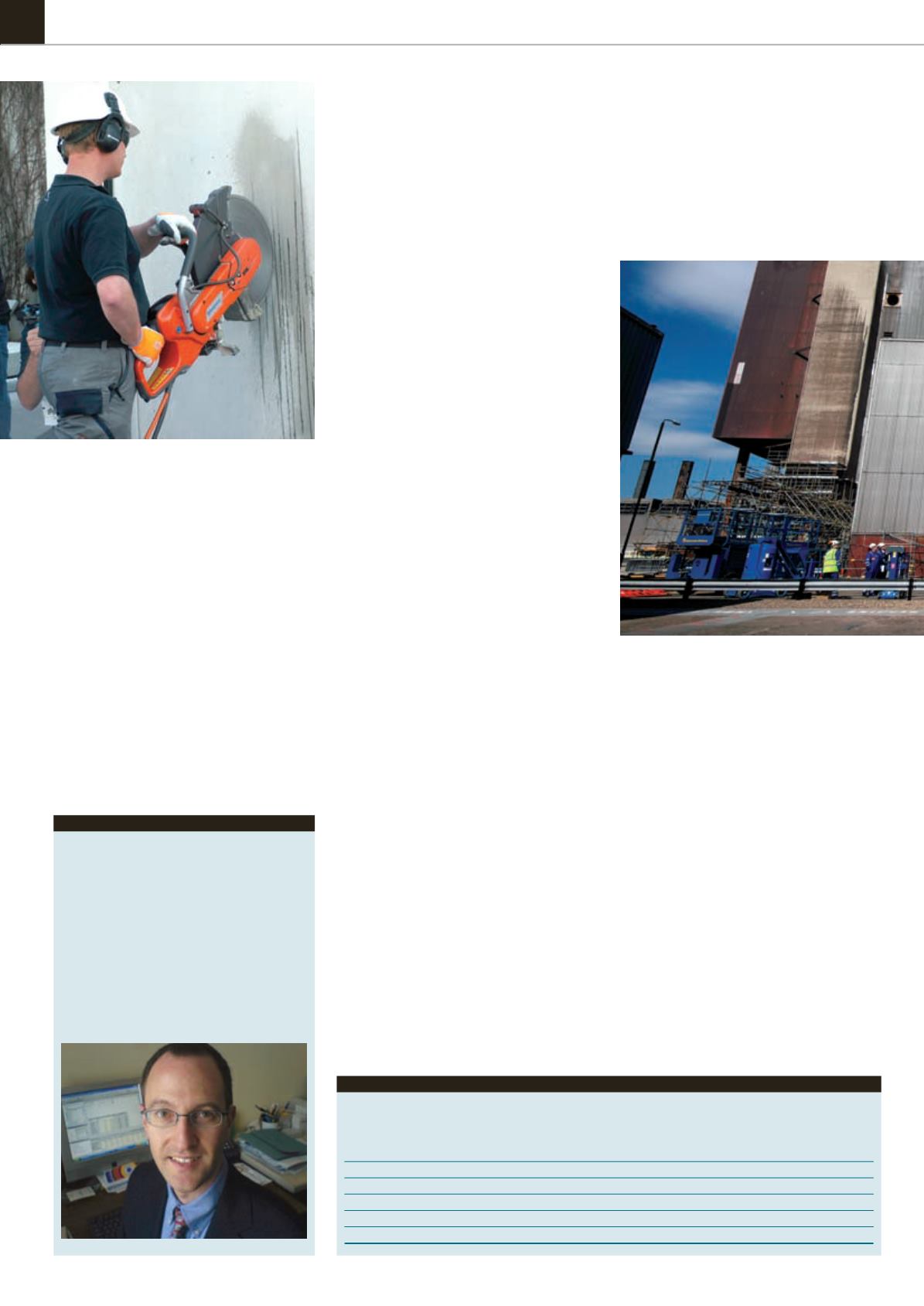
IRN SEPTEMBER-OCTOBER 2013
50
RENTAL MANAGEMENT JEFF EISENBERG
Pricing
Jeff Eisenberg looks at some
of the techniques that
rental companies can use
to influence rental prices,
and how pricing issues vary
depending on the maturity of
a rental market.
Unlike for accounting terms, there is no GAAP
(generally accepted accounting principles) definition
for most rental measurements, so caution is needed.
Payback period
An oversimplified example is comparing the rental
price of a car rented from an airport for €35 per day
and comparing it to a purchase price of €15000. The
payback period in this case would be €15000 / €35 =
428 days. Or, the payback on 70% utilization would
be €15000 / (€35 x 70%) = 612 days.
(Some rental company owner will see this example
and say ‘Hey, that’s more than I get per day for a
scissor lift/excavator/generator with similar cost!
Let’s sell our equipment and get into car rental!’
Clearly this is not the whole picture.)
Of course there are specialist niches within each
category that have higher rental pricing. If the niche
is hard enough for competitors to enter, perhaps
because of high service requirements, then the rates
can stay higher.
The assets with the lowest rental rates and the
least risk are residential properties in safe countries
with low inflation. German residential apartments
are typically rented for 7 or 8% of their cost, but the
owner can enjoy the increase in property price. So, a
€200000 apartment would rent for €1167 per month,
which equates to 7% financial utilisation (12 x €1167
= €14000) for the investor; plus, hopefully, it goes up
in value. This utilisation rate is called yield in the real
estate industry.
Financial utilisation
Financial utilisation (or Dollar utilisation in the US)
is essentially the inverse of payback period, and is
typically measured for one year. Since it is usually
net of utilisation, both rental price and utilisation
are being measured. In our car example, €35 for a car
rented 70% of 365 days equals €8942.50 revenue for
the year, or 59.6% financial utilisation for the year.
Again, with this formula one has to watch apples
and apples. In car rental, part of the insurance is
optional, part may not be. Is this part of the rental
rate? How about a mandatory cleaning charge or
JEFF EISENBERG has spent 18 years in the
equipment and rental industry. He started and
led Genie Financial Services in Europe, providing
finance for large and small rental companies
all over the world. Since 2000 he has held
senior positions in a number of European rental
companies, as well as working with start-ups
and acquisitions. He now provides consulting
services to financial institutions, equipment
manufacturers and rental companies. Contact
Jeff on Tel: +44 (0)7900 916933, E-mail:
THE AUTHOR
H
ow important are rental rates and rental
pricing? They affect returns, investment
decisions, decisions to enter or exit markets,
decisions on moving assets. How are they measured,
apples with apples? And what can rental companies
do to raise rental prices that have come down due to
competition?
The two most common ways to measure rental
rates are to compare them with the cost of the asset
being rented, on a ‘payback period’ or the ‘financial
utilisation’ method.
Starting with the payback method, the rental
rate is compared to the asset cost, to answer the
question ‘how long would it take in rental rate to
pay for the asset’s cost?’ Another, more specific,
question is ‘at the expected utilisation of x% for that
asset, how long would it take to pay for its cost?’ This
last term might be called ‘payback net of (expected)
utilisation’.
Typical asset rental payback periods for established markets are:
Small tools, electronics, catering equipment:
3 to 12 months
Medium construction equipment:
1 to 5 years
Large equipment and cranes:
3 to 10 years
Cars and vans:
1 to 2 years (short term rental) 3 to 5 years for long term operating lease
Trucks / tractor units:
2 to 5+ years
Residential apartments:
10 to 20 years
The payback period is much shorter for small tools. Pictured is a
Husqvarna concrete cutter.
Of course there are specialist
niches within each category
that have higher rental pricing.
If the niche is hard enough for
competitors to enter, perhaps
because of high service
requirements, then the rates
can stay higher.


